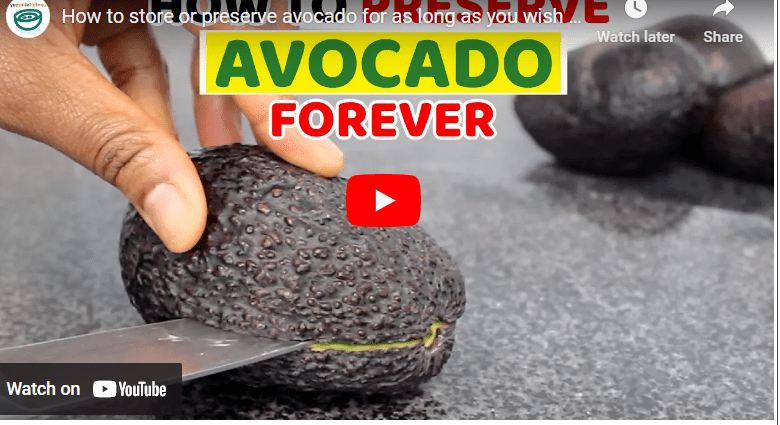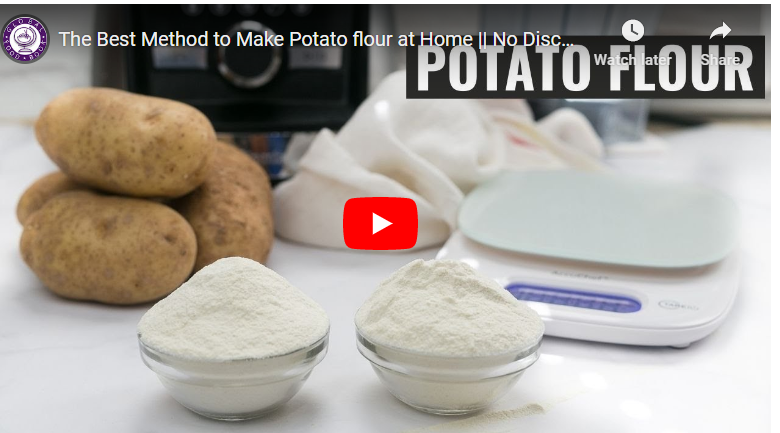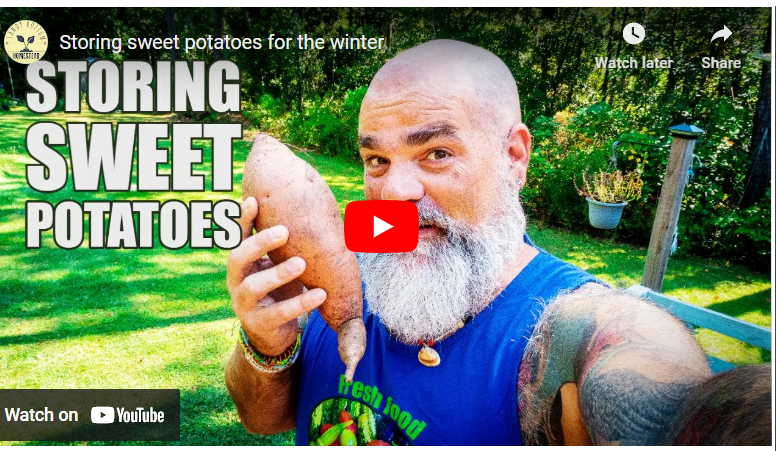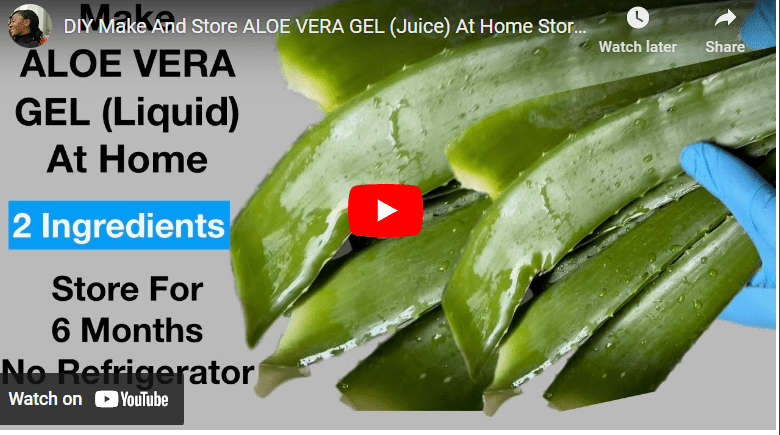Coconut oil has become an increasingly popular cooking ingredient and beauty product, due to its numerous health benefits. It is made by extracting oil from the white flesh of the coconut. Coconut oil is rich in Vitamin E, lauric acid, and other fatty acids, making it a powerhouse of nutrition. It can be used for a variety of culinary applications, as well as for skin and hair care.
Coconut oil can be processed in a few different ways depending on the desired outcome. Refined coconut oil is made by drying the coconut meat and then expeller-pressing or solvent-extracting it. Unrefined coconut oil is made by cold-pressing the coconut meat, which can be done at home. Whichever method you choose, make sure that the coconut oil is organic and of high-quality for the best results.
How To Process Coconut Oil Step By Step Guide
Coconut oil is a versatile and popular oil that has been used for a variety of purposes for centuries. This oil is extracted from the meat of mature coconuts, and it is known for its distinct aroma, flavor, and health benefits.
Read Also: How To Process Cashew Nuts At Home
In recent years, coconut oil has gained a lot of attention for its potential health benefits, including its ability to improve brain function, boost the immune system, and aid in weight loss.
Interestingly, there are several methods for extracting coconut oil, each of which has its own unique characteristics and benefits.
We will provide a comprehensive guide on how to process coconut oil, including the different types of coconut oil, the harvesting and selection of coconuts, methods for extracting and refining the oil, and the uses and benefits of coconut oil.
Read Also: How To Process Cassava to Garri
Step by Step Instructions to Process Coconut Oil
Here’s a step-by-step guide on how to harvest and select coconuts:
Step 1 – Choose Mature Coconuts
Mature coconuts are typically brown in color and will have a hard shell. They should feel heavy for their size and have a sloshing sound when shaken.
It’s important to choose mature coconuts as they will have a higher oil content and will yield more oil. You can find them in most grocery stores, or you can purchase them online.
Step 2 – Extract The Coconut Meat
Using a sharp knife, carefully cut open the coconut and extract the white meat inside. Be sure to remove any brown skin or fibers that may be present on the meat.
Step 3 – Dry The Coconut Meat:
Once the meat has been extracted, it should be dried in the sun or in a dehydrator until it is completely dry. Drying the meat helps to increase the oil content and make it easier to extract the oil.
Read Also: How To Process Plantain Flour
Step 4 – Grate The Coconut Meat:
Using a grater, grate the dried coconut meat into small pieces. This will help to increase the surface area of the meat and make it easier to extract the oil.
Step 5 – Extracting Coconut Oil
There are several methods for extracting coconut oil, each of which has its own unique benefits and drawbacks. Here is a step-by-step instruction for each method:
#1. Cold Pressing Method
- Crush the grated coconut meat into a paste using a blender or mortar and pestle.
- Place the coconut paste into a cheesecloth or muslin bag and squeeze out the liquid into a container.
- Allow the container to sit for a few hours so that the oil can naturally separate from the water.
- Skim off the oil from the top of the container and transfer it to a clean jar.
#2. Boiling Method
- Place the grated coconut meat into a pot and add water.
- Bring the water to a boil and let it simmer for 30 minutes to an hour.
- Allow the mixture to cool and then strain it through a cheesecloth or muslin bag.
- Squeeze out as much liquid as possible and let it sit for a few hours so that the oil can naturally separate from the water.
- Skim off the oil from the top of the container and transfer it to a clean jar.
#3. Fermentation Method
- Place the grated coconut meat into a container and cover it with warm water.
- Allow the mixture to sit for 24-48 hours so that it can ferment.
- Strain the mixture through a cheesecloth or muslin bag to remove the liquid.
- Let the liquid sit for a few hours so that the oil can naturally separate from the water.
- Skim off the oil from the top of the container and transfer it to a clean jar.
#4. Centrifugation Method
- Crush the grated coconut meat into a paste using a blender or mortar and pestle.
- Place the coconut paste into a centrifuge machine and spin it at high speeds to separate the oil from the water.
- Skim off the oil from the top of the container and transfer it to a clean jar.
#5. Heat Pressing Method
- Before starting the extraction process, preheat the press to about 170-180 degrees Celsius (338-356 degrees Fahrenheit).
- Place the grated coconut meat into the press and apply pressure to extract the oil. The heat from the press will help to release the oil from the meat.
- As the oil is extracted, it will drip out of the press and collect in a container below. Be sure to use a clean container to collect the oil.
- Once you have collected the oil, you may want to filter it to remove any impurities or debris. You can do this by pouring the oil through a cheesecloth or fine mesh strainer.
Step 6 – Refining Coconut Oil
Refining coconut oil is an optional process that removes any impurities and improves the quality of the oil. There are a few methods for refining coconut oil, each with its own advantages and disadvantages.
Here is a step-by-step guide for each method:
#1. Degumming Method
- Heat the coconut oil to about 60-70 degrees Celsius (140-158 degrees Fahrenheit) and mix it with a small amount of water.
- Allow the mixture to settle for several hours so that the gums and other impurities can separate from the oil.
- Drain off the water and any impurities that have settled at the bottom of the container.
- Heat the oil to a higher temperature to remove any remaining moisture and impurities.
#2. Bleaching Method
- Heat the coconut oil to about 100-110 degrees Celsius (212-230 degrees Fahrenheit) and mix it with a natural bleaching agent, such as activated carbon or clay.
- Allow the mixture to settle for several hours so that the bleaching agent can absorb any impurities.
- Filter the oil through a cheesecloth or fine mesh strainer to remove the bleaching agent and any impurities that it has absorbed.
#3. Deodorizing Method
- Heat the coconut oil to about 130-150 degrees Celsius (266-302 degrees Fahrenheit) and pass it through a vacuum chamber to remove any odors or flavors.
- The high temperature helps to break down any volatile compounds that can cause an unpleasant smell or taste.
Step 7 – Store the Oil
Storing your coconut oil properly is important to ensure its quality and freshness. Here’s a step-by-step guide on how to store your coconut oil:
- Choose a clean, dry container made of glass or food-grade plastic to store your coconut oil. Avoid using metal containers as they can react with the oil and cause it to spoil.
- Make sure the container is tightly sealed to prevent air and moisture from getting in. This will help to keep the oil fresh for longer.
- Store your coconut oil in a cool, dark place away from direct sunlight or heat sources. Exposure to light and heat can cause the oil to oxidize and go rancid.
- Keep your coconut oil away from any sources of contamination, such as raw meat, eggs, or other foods with strong odors. This will help to prevent the oil from absorbing any unwanted flavors or odors.
- Coconut oil has a relatively long shelf life, but it’s still important to check the expiration date before using it. If the oil smells rancid or has an off flavor, it’s best to discard it.
Uses of Coconut Oil
Coconut oil is a versatile oil that has a wide range of uses. Here are some of the ways that you can use coconut oil:
#1. Cooking And Baking
Coconut oil has a high smoke point, making it a great oil to use for cooking and baking. It’s a popular choice for frying, sautéing, and roasting, and can also be used in place of butter or other oils in recipes.
#2. Skincare
Coconut oil is a natural moisturizer that can be used to nourish and hydrate your skin. You can use it as a body oil, a hair mask, or as a natural makeup remover.
#3. Oral Health
Coconut oil has antimicrobial properties that make it a popular ingredient in natural oral hygiene products. You can use it for oil pulling, which involves swishing a tablespoon of coconut oil in your mouth for 10-20 minutes to help remove bacteria and promote healthy teeth and gums.
#4. Household Cleaning
Coconut oil can be used as a natural alternative to household cleaning products. It can be used to clean and polish surfaces, remove stains, and even make your own natural soap.
#6. Massage
Coconut oil is a popular choice for massage due to its moisturizing properties and pleasant aroma. It’s often used in aromatherapy and other holistic health practices.
Types of Coconut Oil
When it comes to coconut oil, there are several types that you can choose from. Every category possesses distinct attributes and applications. Understanding the different types of coconut oil can help you make informed decisions about which one to use for cooking, skincare, or haircare. Here are the three main types of coconut oil:
#1. Virgin Coconut Oil
This type of coconut oil is extracted from fresh coconut meat without the use of chemicals or high heat.
Virgin coconut oil is typically unrefined and has a distinct coconut flavor and aroma.
It is a popular choice for cooking, baking, and skincare due to its high levels of antioxidants and medium-chain fatty acids.
#2. Refined Coconut Oil
Refined coconut oil undergoes a process where dried coconut meat is bleached and deodorized.
It is typically odorless and flavorless, making it a good option for those who do not want a coconut taste or aroma in their cooking or skincare products.
Refined coconut oil also has a higher smoke point than virgin coconut oil, making it suitable for high-heat cooking methods.
#3. Fractionated Coconut Oil
Fractionated coconut oil is a type of coconut oil that has been processed to remove the long-chain fatty acids, leaving only the medium-chain fatty acids.
This results in an oil that is liquid at room temperature, odorless, and has a long shelf life.
Fractionated coconut oil is commonly used in skincare and massage products due to its non-greasy texture and ability to absorb quickly into the skin.
Benefits of Coconut Oil
#1. High In Healthy Fats
Coconut oil is rich in medium-chain triglycerides (MCTs), a type of healthy fat that is easily digested and used for energy by the body.
#2. Boosts Heart Health
Studies have shown that consuming coconut oil can help to improve cholesterol levels, lower blood pressure, and reduce the risk of heart disease.
#3. Improves Brain Function
The MCTs in coconut oil can also improve brain function and cognitive performance, making it a popular ingredient in brain-boosting supplements.
#4. Supports Weight Loss
The healthy fats in coconut oil can help to promote satiety and reduce appetite, making it a useful tool for weight loss.
#5. Anti-Inflammatory Properties
Coconut oil contains antioxidants and anti-inflammatory compounds that can help to reduce inflammation and promote overall health.
Challenges of Processing Coconut Oil
#1. Labor-intensive
Harvesting and processing coconuts into oil can be a labor-intensive process that requires a significant amount of time and effort.
#2. Requires Specialized Equipment
Processing coconut oil requires specialized equipment, such as a coconut grater, press, or centrifuge, which can be expensive and difficult to obtain.
#3. Quality control Issues
Ensuring the quality and safety of coconut oil can be a challenge, as it can be prone to contamination and spoilage if not processed and stored correctly.
#4. Variability in Quality
The quality of coconut oil can vary depending on factors such as the age and maturity of the coconuts, the processing method used, and the storage conditions.
#5. Environmental Impact
The production of coconut oil can have a significant environmental impact, as it requires large amounts of water, energy, and land. In some regions, the demand for coconut oil has led to deforestation and other environmental issues.
How To Make Virgin Coconut Oil Commercially
To make virgin coconut oil commercially, the process typically involves using fresh coconut meat that is grated or shredded and then pressed to extract the oil. The oil is then filtered to remove any impurities and bottled for sale.
The process may also involve pasteurization or other treatments to ensure the safety and quality of the oil. Commercial production of virgin coconut oil requires specialized equipment and knowledge, as well as adherence to industry standards and regulations.
How To Make Coconut Oil Without Fridge
To make coconut oil without a fridge, you can use a simple method known as the cold-pressed method. Start by grating fresh coconut meat and then squeezing out the coconut milk.
Allow the milk to sit for several hours until the cream separates from the water. Skim off the cream and place it in a jar or container. Allow the cream to sit for several days until the oil separates from the cream. Strain the oil and store it in a clean jar or container.
How To Make Coconut Oil from Dry Coconut At Home
To make coconut oil from dry coconut at home, start by grinding the coconut into a fine powder. Add the powder to a pot of water and bring it to a boil.
Allow the mixture to simmer for several hours until the oil separates from the coconut milk. Strain the oil and allow it to cool before storing it in a clean jar or container.
Homemade Coconut Oil for Hair
To make homemade coconut oil for hair, start by grating fresh coconut meat and squeezing out the coconut milk. Heat the milk over low heat until the oil separates from the milk. Strain the oil and allow it to cool before applying it to your hair. Massage the oil into your scalp and hair and leave it on for at least 30 minutes before rinsing it out with shampoo.
How To Prepare Coconut Oil for Skin
To prepare coconut oil for skin, start by melting the oil in a double boiler or microwave. Allow the oil to cool until it is warm but not hot. After applying the oil onto your skin, gently massage it until it’s absorbed. Coconut oil can be used as a moisturizer, lip balm, or massage oil, among other things.
Why Is It Called Virgin Coconut Oil
Virgin coconut oil is called so because it is made from fresh coconut meat that has not been subjected to any chemical or high-heat treatments. This method of production results in a high-quality oil that retains the natural aroma, flavor, and nutritional properties of the coconut.
How To Make Coconut Oil in Large Quantity
To make coconut oil in large quantities, you will need specialized equipment such as a coconut grater, press, or centrifuge.
The process typically involves first harvesting and selecting mature coconuts, then cracking them open and extracting the meat.
The meat is then grated or shredded and pressed to extract the oil. The oil is filtered and then stored in large containers for use or sale.
Commercial production of coconut oil requires knowledge and expertise in the process, as well as access to high-quality equipment and facilities.
Conclusion
In conclusion, processing coconut oil can be a simple yet rewarding process that can yield many benefits. From its unique flavor and aroma to its potential health benefits, coconut oil is a valuable addition to any kitchen or beauty routine. By following the steps outlined in this guide, you can learn how to process coconut oil and begin enjoying its many uses and benefits.



